
What is Meizu’s core competitiveness in the Chinese market after 13 years of ups and downs?
It is the people.
Even though the surface story only lets us remember the stubborn Huang Zhang and the humble Bai Yongxiang, standing under the halo of Meizu’s dream are thousands of battle-hardened yet anonymous technicians and engineers.
I believe stories should not hide.
Thus, this special column exploring behind the scenes of Meizu was born, introducing the experts in every aspect of mobile phone manufacturing, from the underlying design and selection of components to the development and research of various parts, as well as supply chain and enterprise management, restoring the true appearance of this unique company with a different perspective and more straightforward descriptions.
In the first episode, I interviewed BSP optimization engineer Wu Zhangjin, who has been working at Meizu for 5 years, along with his Meizu kernel team.
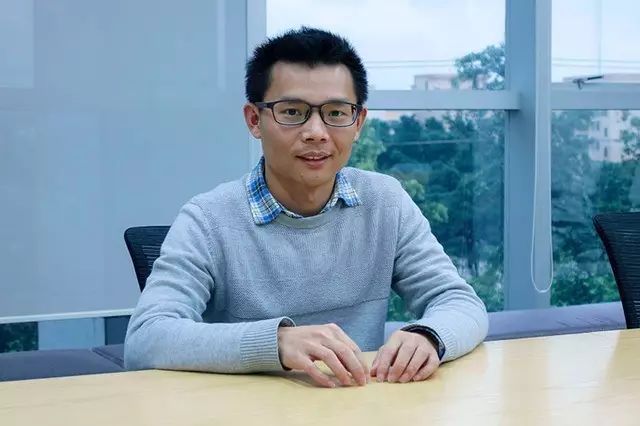
Wu Zhangjin Age: 31 Birthplace: Xiushui, Jiangxi Position: Senior Manager of BSP Graduation: Lanzhou University Years at Work: 5
I have always had a two-word impression of people from Jiangxi.
Reserved.
Wu Zhangjin is no exception; he has a flat face and bronze skin, speaks softly yet firmly.
Wu Zhangjin is the type of person you can tell is a top student at first glance. Even though he did not mention his efforts in textbooks during his student days, I could still sense a strong scholarly air about him.
Born in the 1980s in a poor family, his family relied on a small piece of land for survival. Wu Zhangjin has three siblings, and as the eldest son, he has a strong sense of responsibility, typical of traditional Chinese farmer children, and firmly believes in the truth that knowledge can change destiny. In 2003, he was admitted to the Computer Science department of Lanzhou University with outstanding grades, marking the beginning of a turning point.
In 2003, China was actively promoting Linux, and Lanzhou University was among the first universities to establish a Linux promotion center, providing Wu Zhangjin with an excellent platform to delve into the Linux open-source environment.
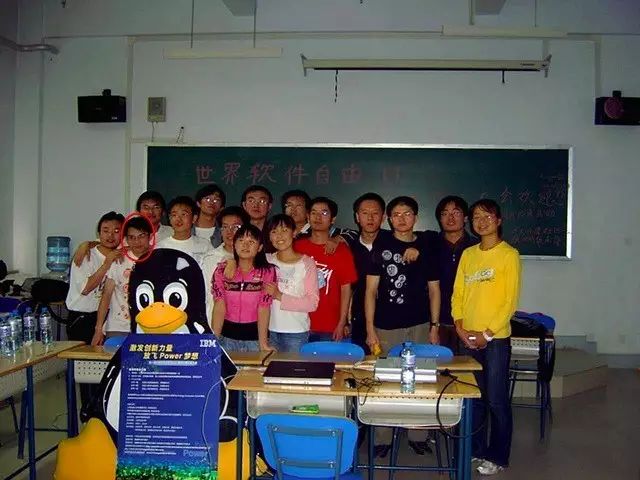
In the early years, support for the Linux platform in China was relatively lacking. The opportunity Wu Zhangjin had to gain in-depth knowledge of Linux at university was rare, and his practical nature prevented him from being just a beneficiary of Linux. He actively participated in university Linux promotion activities and gradually became one of the founders of the university’s Linux promotion group.
After a year of study, Wu Zhangjin and several other Linux enthusiasts began preparing to establish a Linux open-source club at the university. During the formation of the club, he gained extensive knowledge about the Linux kernel and began to reconsider the practical significance of Linux for him. It was from this point that Wu Zhangjin decided to fully devote himself to the Linux world, aiming to become a contributor to the Linux open-source community rather than just a beneficiary.
The Lanzhou University Linux open-source club he and his classmates formed has been developing steadily over the past decade, and today it continues to provide excellent Linux development talent to many large enterprises across the country.
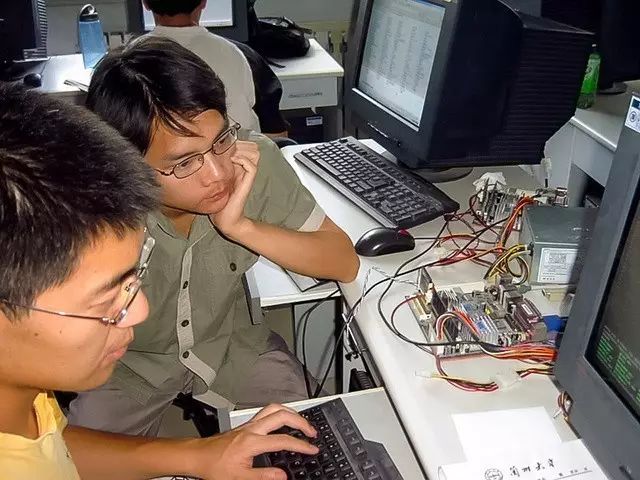 In 2007, Wu Zhangjin was recommended for graduate studies at Lanzhou University after completing his undergraduate studies and began to focus on distributed and embedded systems research in the DSLAB laboratory, mainly researching real-time systems, which were relatively high-threshold at the time. The research on real-time systems in China was still lagging behind, and the key to unlocking this door for Wu Zhangjin came from a wealth of foreign literature and his mentor, Professor Nicholas from Austria. The cutting-edge technical materials and the rigorous academic approach of Europeans had a profound impact on Wu Zhangjin’s deep learning of RT-Linux and other real-time systems, and the learning during his graduate studies also made him more aware of the gains and losses in the open-source world.
In 2007, Wu Zhangjin was recommended for graduate studies at Lanzhou University after completing his undergraduate studies and began to focus on distributed and embedded systems research in the DSLAB laboratory, mainly researching real-time systems, which were relatively high-threshold at the time. The research on real-time systems in China was still lagging behind, and the key to unlocking this door for Wu Zhangjin came from a wealth of foreign literature and his mentor, Professor Nicholas from Austria. The cutting-edge technical materials and the rigorous academic approach of Europeans had a profound impact on Wu Zhangjin’s deep learning of RT-Linux and other real-time systems, and the learning during his graduate studies also made him more aware of the gains and losses in the open-source world.
In 2009, after two years of in-depth study, Wu Zhangjin had the opportunity to intern at the Longxin industrialization base of Jiangsu Zhongke Longmeng, which was in a period of rapid development and needed a large number of professionals to build an ecological environment for its chips. Wu Zhangjin’s job at that time was to port the community’s RT-Linux to Longxin and contribute the debugged source code back to the open-source community. During this period, Wu Zhangjin first felt the joy of becoming an open-source contributor, uploading a large amount of Longxin Linux kernel code to the official Linux community and quickly becoming one of the top 30 contributors in the Chinese community.
In 2010, Wu Zhangjin, who had gained some fame in the Linux circle, received an offer from the famous American company WindRiver, hoping he would join for real-time system development work. This opportunity became a springboard for Wu Zhangjin to transform technical theory into practice.
Ordinary consumers may be relatively unfamiliar with WindRiver, but for Wu Zhangjin, who has long studied embedded operating systems, WindRiver was one of the companies he had always admired. WindRiver is a globally renowned embedded system development company that was wholly acquired by Intel in 2009, and its research level in embedded systems is among the world’s top. Its developed VXworks and other embedded systems are widely used in military, aerospace, and other cutting-edge technology fields.
 In 2011, after working at WindRiver for a year, Wu Zhangjin noticed the rapid development of Android and sensed that the trend of Linux moving towards consumer electronics was about to arrive. Therefore, Wu Zhangjin and a few friends attempted to form a Linux technical organization to provide technical support for some domestic enterprises. It was at this time that Meizu, which had just transformed to Android, found Wu Zhangjin.
In 2011, after working at WindRiver for a year, Wu Zhangjin noticed the rapid development of Android and sensed that the trend of Linux moving towards consumer electronics was about to arrive. Therefore, Wu Zhangjin and a few friends attempted to form a Linux technical organization to provide technical support for some domestic enterprises. It was at this time that Meizu, which had just transformed to Android, found Wu Zhangjin.
Meizu’s technical backbone, Liang Dongming (Meizu CTO), encountered resistance in Android kernel development during the early development phase of M9 and realized that if a stable product was to be developed, talents in the BSP area were indispensable. Therefore, Wu Zhangjin, who was willing to provide Linux kernel-level technical assistance to the company, became one of Liang Dongming’s targets. After several discussions, Liang Dongming’s intention to recruit Wu Zhangjin became increasingly evident.
In May 2011, Liang Dongming expressed his intention to recruit Wu Zhangjin. After two months of careful consideration, Wu Zhangjin ultimately gave up the opportunity at WindRiver and chose Meizu. When discussing the reasons for choosing Meizu, Wu Zhangjin’s response surprised me.
“You might not believe it, but my reason for choosing Meizu is more about an ideal. I believe that domestic products can do better, and for someone like me, born in poverty in the 80s, concepts like national pride and dreams have profoundly influenced my life since childhood. Meizu is a company with these genes, and I think that’s the reason I ultimately chose Meizu.”
Wu Zhangjin has been working for Meizu for 5 years. When he joined, he had already planned his goals for the next 10 years, and now that 5 years have passed, he seems to have completed his envisioned plan ahead of time.
Q&A:
1. In simple terms, what role do you think the BSP team plays in the development of mobile phones?
Wu: “I think a picture can illustrate the role of BSP development in the entire Android smartphone development process very well.”
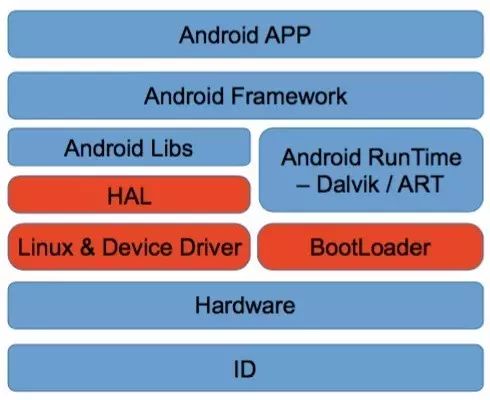 “The red-marked sections are the modules mainly responsible for BSP, including HAL (Hardware Abstraction Layer), BootLoader (hardware initialization control), and Linux & Device Driver (Linux kernel drivers).”
“The red-marked sections are the modules mainly responsible for BSP, including HAL (Hardware Abstraction Layer), BootLoader (hardware initialization control), and Linux & Device Driver (Linux kernel drivers).”
“BSP (Board Support Package) is essentially a bridge between hardware and system. On one hand, it guides and drives various low-level hardware; on the other hand, it provides various operating system services for the Android system, including task scheduling, file system, and power management. Although consumers cannot perceive it directly, it is like the blood of a person, coordinating the operation of the entire mobile phone system at all times, ensuring it operates in a normal environment.”
“More specifically, BSP plays a significant role in the stability, heat generation, performance, and battery life of mobile phones, and optimizing these basic indicators has been the work I have been doing since joining Meizu.”
2. Can you briefly introduce your daily work?
Wu: “This needs to start from the mobile phone development process. A mobile phone goes through many intermediate steps from project initiation to final production, and we need to participate in almost every process.”
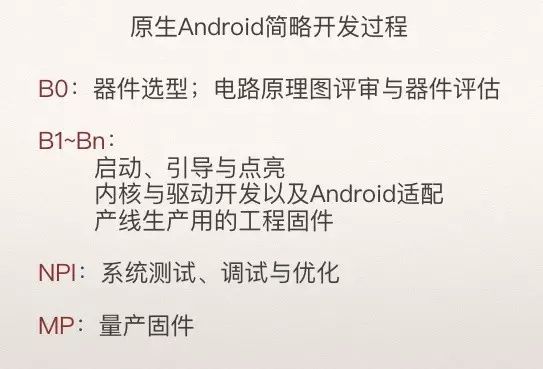 “The most critical phases are from B1 to Bn, during which the kernel team needs to conduct a lot of functional development, porting, and verification work to ensure the normal startup of the hardware development board or mobile phone board and smoothly guide the kernel loading, fully driving various peripheral devices.”
“The most critical phases are from B1 to Bn, during which the kernel team needs to conduct a lot of functional development, porting, and verification work to ensure the normal startup of the hardware development board or mobile phone board and smoothly guide the kernel loading, fully driving various peripheral devices.”
“At the same time, we also need to adapt the Android system to complete the first runnable native Android system on the mobile phone, which is then handed over to the Flyme department for in-depth development and customization. After that, the team is also responsible for developing and debugging factory firmware and testing tools for production lines and conducting large-scale functional and system testing to deeply optimize the user experience of various systems.”
“In the MP phase after final mass production, the team also needs to conduct stability testing and other aspects of the factory firmware. During production, each machine must undergo various production line device tests and long-term aging and stress tests lasting several hours.”
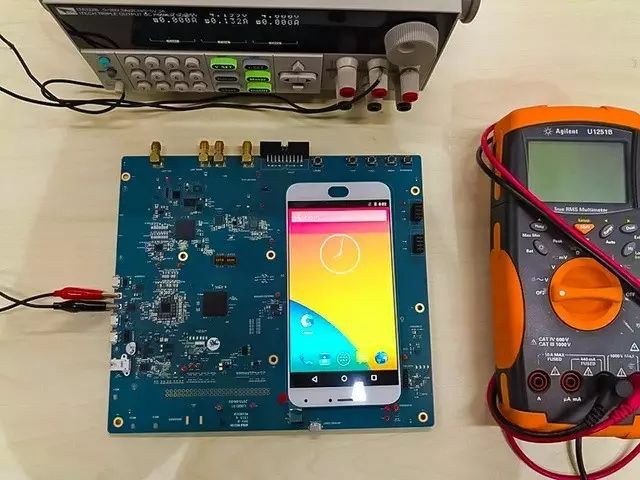
3. Stability, battery life, etc., are very important concerns for consumers. Have the focuses changed in the generations of Meizu products you participated in developing?
Wu: “I see this as a gradual process, and fortunately, I have witnessed and fully participated in this change.”
“The development of mobile phone systems is actually a pyramid structure.”
 “In the early period of the company’s transformation to Android smartphones, we focused our limited resources on usability and functionality. The M9 era was a stage of functional development and accumulation of Android/Linux technology, while in the MX and MX2 periods, we began to invest a lot of energy in pre-research to ensure the stability of the phone’s system. By the time of the MX3, we coordinated with other departments to focus more specifically on temperature control, and after the MX4, we collaborated with the Flyme department to allocate more resources to intensify efforts on optimizing battery life and performance. This entire process has been gradual.”
“In the early period of the company’s transformation to Android smartphones, we focused our limited resources on usability and functionality. The M9 era was a stage of functional development and accumulation of Android/Linux technology, while in the MX and MX2 periods, we began to invest a lot of energy in pre-research to ensure the stability of the phone’s system. By the time of the MX3, we coordinated with other departments to focus more specifically on temperature control, and after the MX4, we collaborated with the Flyme department to allocate more resources to intensify efforts on optimizing battery life and performance. This entire process has been gradual.”
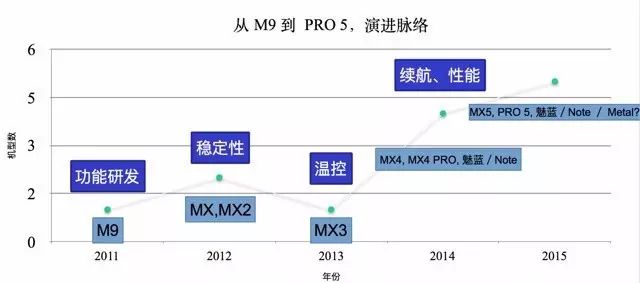 “Most manufacturers can stack features and hardware parameters, but maintaining a lead in areas invisible to consumers is very challenging. I have worked at Meizu for 5 years, and the hardware research at Meizu has developed over 13 years. The technical experience accumulated during this time is gradually reflected in the products. Rome wasn’t built in a day; this old saying still applies in today’s mobile phone industry.”
“Most manufacturers can stack features and hardware parameters, but maintaining a lead in areas invisible to consumers is very challenging. I have worked at Meizu for 5 years, and the hardware research at Meizu has developed over 13 years. The technical experience accumulated during this time is gradually reflected in the products. Rome wasn’t built in a day; this old saying still applies in today’s mobile phone industry.”
4. Can you further discuss the current concerns of consumers regarding mobile phone battery life and performance?
Wu: “Two years ago, I wrote a detailed article on the power-saving technology of the MX3 (Meizu MX3 Flyme 3.0 Power Saving Technology). Aside from the basic hardware conditions mentioned, such as battery capacity and charging speed, I focused on the detailed control of mobile system power consumption, and here I can give you some examples of power consumption control.”
• More detailed management of system resources through PM Qos • More scenario-based adjustments in CPU scheduling, GPU, and HWC hardware usage • Improvements in screen self-refresh technology (Panel Self Refresh) and optimization of graphical display, adjusting frame rates for specific animation designs • Development of a three-mode system allowing users to choose between power-saving priority, performance priority, or a balance of both • Development of a power-saving mode that controls the core frequencies of the phone within a lower range • Collaboration with Flyme to limit and optimize application control, auto-start, ad pushes, and pop-ups • Collaboration with third parties or the community for the development and pre-research of new power-saving technologies
“This is just a small part. Some adjustments may have minimal impact on battery life, but every precise control down to a milliamp of power consumption adds up, and the final effect will be very noticeable. We have made many efforts in battery life that consumers may not have perceived; this process is very time-consuming, and it has been a continuous challenge throughout the product iteration process.”
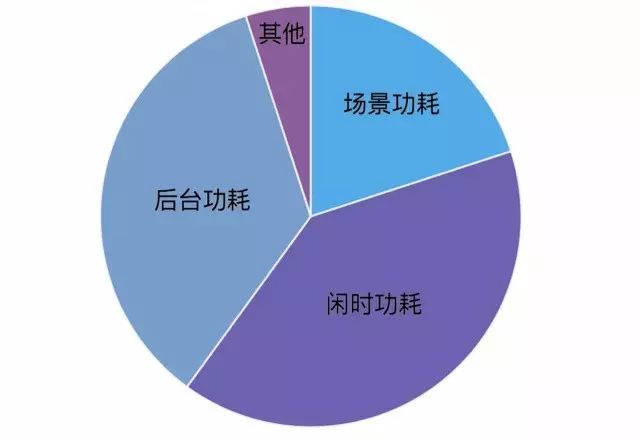 “Our team mainly addresses not the absolute performance of the chip but how to ensure system smoothness, which is often referred to by consumers as no lag.”
“Our team mainly addresses not the absolute performance of the chip but how to ensure system smoothness, which is often referred to by consumers as no lag.”
“Over the past few years, we have conducted extensive user scenario research and made many optimizations in improving performance. I can also provide some examples.”
• Investigating application algorithms and memory leaks through a large sample of data • More detailed frequency and core resource allocation scheduling • Hard requirements for all developers to comply with development specifications to eliminate issues like over-drawing • Using scripts like bootgraph.pl to better detect kernel startup data and performance parameters to identify problems more effectively
“In fact, both performance and battery life require detailed and precise optimization, and there are many correlations between the two. Optimization work is a massive project. In addition to the optimization of the kernel by our BSP team, Flyme also has a dedicated team for corresponding optimizations. The final improvements in these two areas are the result of coordinated efforts from various departments, and by 2015, our products had reached a level that was relatively satisfactory to consumers.”
5. What has exceeded your expectations during your years at Meizu?
Wu: “The explosive growth of users leading to the issue of bug reproduction.”
“This was something I did not anticipate after the company’s sales skyrocketed in 2014. Ordinary consumers may find it hard to understand that user growth actually puts immense pressure on technical researchers. Many bugs that were hard to reproduce in the past exploded due to the exponential increase in users, leading to a period where we struggled to control the manifestation of product bugs during Meizu’s rapid development phase. The number of users grew from 2 million to 20 million, like going from eating 3 bowls of rice a day to 30 bowls; it required an adjustment process.”
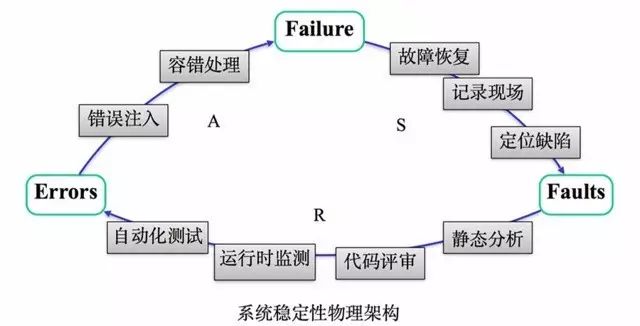 “In the early days, our stress testing mainly involved manually flashing firmware and simulating user habits through black-box testing. This method had low reproduction pressure, narrow coverage, and low efficiency, making it difficult to discover hidden bugs in a timely manner. After adopting automated testing, we began using software to simulate user clicks, allowing us to test thousands of devices simultaneously, greatly improving efficiency and solving many hidden issues. At the same time, we strengthened the research and deployment of RAS methods, optimizing the resolution of potential defects and improving the overall problem-solving efficiency and departmental operation efficiency. After implementing this series of measures, the bug reproduction issue was gradually resolved.”
“In the early days, our stress testing mainly involved manually flashing firmware and simulating user habits through black-box testing. This method had low reproduction pressure, narrow coverage, and low efficiency, making it difficult to discover hidden bugs in a timely manner. After adopting automated testing, we began using software to simulate user clicks, allowing us to test thousands of devices simultaneously, greatly improving efficiency and solving many hidden issues. At the same time, we strengthened the research and deployment of RAS methods, optimizing the resolution of potential defects and improving the overall problem-solving efficiency and departmental operation efficiency. After implementing this series of measures, the bug reproduction issue was gradually resolved.”
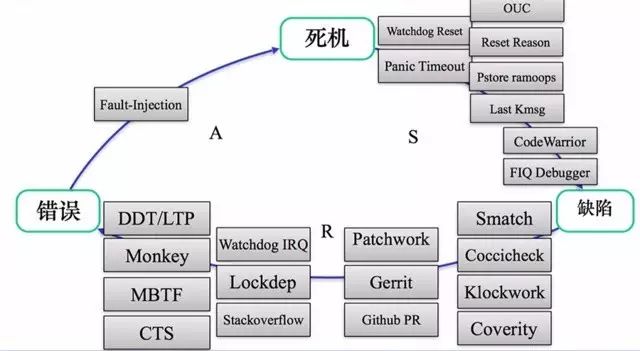
6. What is the work you are most satisfied with?
Wu: “PRO 5. The PRO 5 has basically become the culmination of Meizu’s 13 years. It coincided with the era of our BSP optimization of the four basic indicators, the adoption of Samsung’s 14nm process, and the deeply optimized Flyme5. The PRO 5 can be said to be born with a silver spoon; its overall performance has reached the expectations I envisioned when I first joined Meizu, achieving excellent levels in stability, battery life, performance, and heat dissipation.”
7. What do you think will be the core research direction for mobile phones in the future?
Wu: “Firstly, the intelligence level of all current smartphones is still weak. In the future, as technologies like big data, intelligent voice, image recognition, and sensors mature, intelligent interaction may undergo significant changes.”
“Secondly, in today’s environment of severe hardware homogenization, everyone will focus on technological breakthroughs and innovations. Differentiation and personalization will gradually be reflected, such as waterproofing, dual screens, curved screens, and large batteries becoming normalized.”
“Currently, I think the most concerning aspect should be security. As people enjoy a wealthier life, their worries revolve around whether the money in their pockets will disappear. Similarly, after achieving excellent levels in aspects like mobile smoothness and battery life, how to ensure the security of mobile phones is what we are currently tackling. Security has always been a necessity, but previously, the mobile phone industry generally did not perform well in other areas. I believe that in the next two years, security will again be brought to a highly concerning level.”
8. What has been your biggest change during your years at Meizu?
Wu: “I’ve become more composed.”
“In the first two years at Meizu, I faced a large number of bugs, extensive debugging work, and immense pressure that often left me breathless. However, in the past two years, as the company has stabilized, my work pressure has significantly decreased because the framework has become relatively complete, and the resources available for mobilization have increased. This has allowed us to have more space to make longer-term plans rather than rush to deal with the present. I think a phrase sums up the changes in myself and the kernel team over the years perfectly.”
“From being overwhelmed to being proactive.”
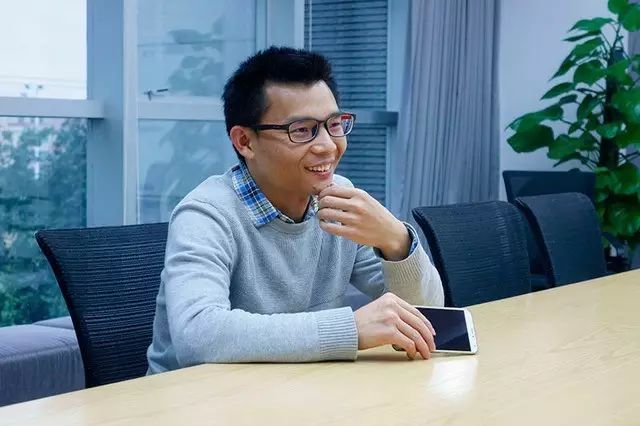
9. How do you view the current state of the Linux industry in China?
Wu: “There are many practitioners, but few experts. Most Linux practitioners in the industry are superficial pseudo-experts who know a lot but lack depth in any specific area. This reflects the current lack of a learning attitude among young people in China, who are more focused on survival and stability.”
10. What feelings do you have towards Linux?
Wu: “I am a beneficiary of open-source Linux, and I am also a contributor to open-source Linux. If I had the chance to relive my life, I would still choose Linux. It transformed from an interest into work and has become an inseparable part of my life, for which I have benefited greatly. In fact, I never realized the value of the open-source environment in society when I was younger, but the more I engage with it, the more I feel that open-source provides survival opportunities for those who improve it and convenience for those who use it—a virtuous cycle.”
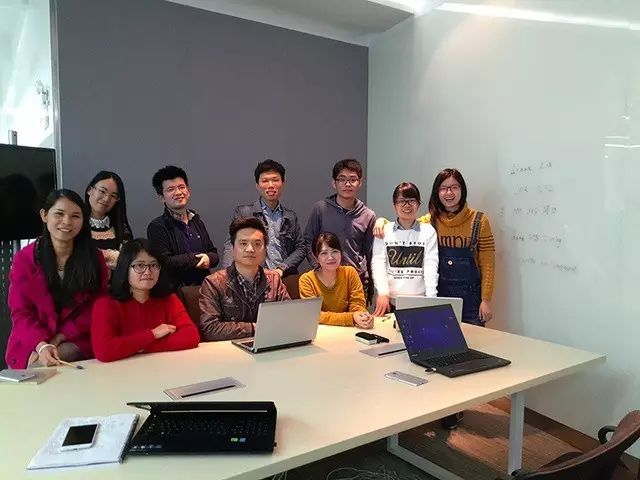
Open-source Culture and Open Spirit
This is what I want to mention the most after this interview. Before meeting Wu Zhangjin, I had pictured him as a focused yet taciturn tech-savvy person. However, throughout our conversation, he continually articulated his attitude towards Linux and open-source, making me feel more like a pathfinder exploring the road of open-source culture and open spirit.
Wu Zhangjin’s WeChat profile picture is the Linux penguin named TUX, and the water cup he uses is also adorned with TUX. I seldom see someone who integrates life and work so seamlessly, but Wu Zhangjin is an exception.
Now 31 years old, Wu Zhangjin is both a good husband and a good father. Although his life is filled with daily plans, he still manages to find time to organize offline Linux salon exchange activities. His passion for Linux remains undiminished.
“Even after two years, I still feel the joy every time I modify the Linux kernel for a new product. I see it not just as work but also as a hobby, and I consider it my greatest fortune in life.”
This is his 10th year in the Linux circle. This is Wu Zhangjin, Meizu’s BSP engineer and a pathfinder of open-source culture.

Pen Ge Wants to Know
Which Meizu engineers do you want us to interview next?
WeChat Official Account: biggertech With a pen as a spear, piercing through the darkness of this world
Long press the QR code to follow us
Share this article to your friend circle
Share your favorite Meizu
